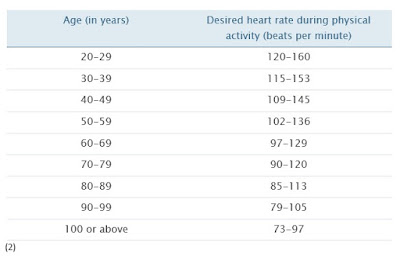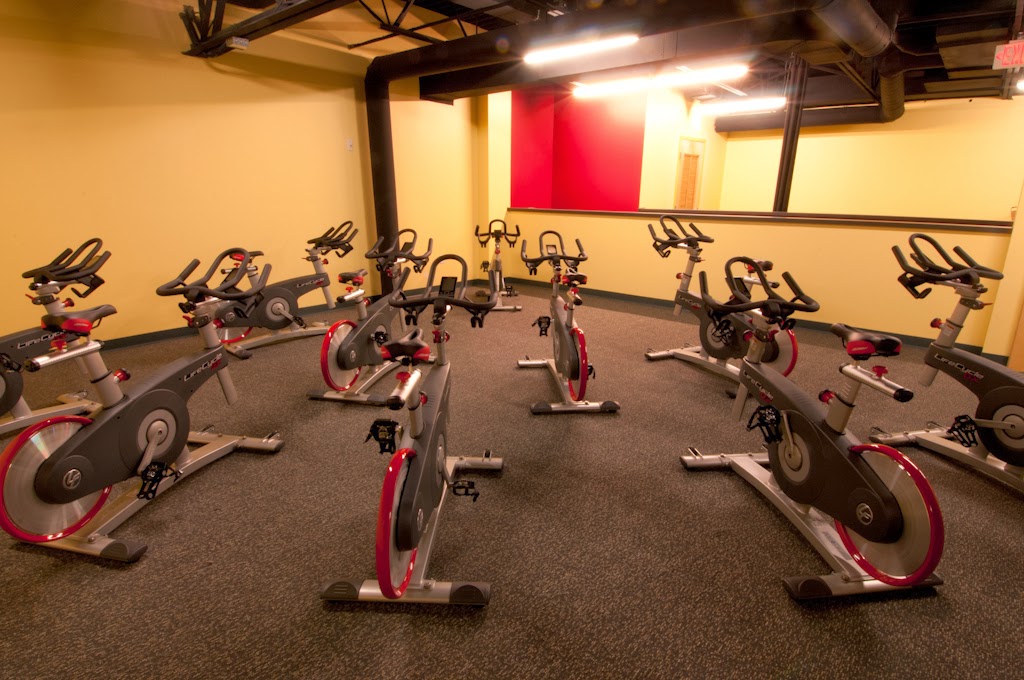Do you know that feeling once you have
made it past the point of just “warming up” and beginning to feel out of breath
during your workout? Once you get feel that feeling do you ever notice how your
heart rate begins to increase? This occurs when the demand for fresh oxygenated
and nutrient rich blood is needed to be transported to the muscles performing
the arduous tasks. However if your heart muscle is weakened due to lack of
exercise, heart disease, or a neurological disorder, it can affect how well you
can perform as well as recover.
made it past the point of just “warming up” and beginning to feel out of breath
during your workout? Once you get feel that feeling do you ever notice how your
heart rate begins to increase? This occurs when the demand for fresh oxygenated
and nutrient rich blood is needed to be transported to the muscles performing
the arduous tasks. However if your heart muscle is weakened due to lack of
exercise, heart disease, or a neurological disorder, it can affect how well you
can perform as well as recover.
A research study by Michael S. Lauer, MD, (director
of the Cleveland Clinic Exercise Laboratory in Ohio and the lead researcher of
the study) found that individuals who had a heart rate (HR) recovery score of
<12 beats per minute (bpm) were at a higher risk of heart disease than individuals
whom had a normal HR recovery of 15 to 25+ bpm during an exercise stress test. (1)
of the Cleveland Clinic Exercise Laboratory in Ohio and the lead researcher of
the study) found that individuals who had a heart rate (HR) recovery score of
<12 beats per minute (bpm) were at a higher risk of heart disease than individuals
whom had a normal HR recovery of 15 to 25+ bpm during an exercise stress test. (1)
How
can I test my Heart Rate Recovery Time?
You
can perform many different tests to increase your HR like riding a bike for a
set amount of time, walking on a treadmill or the track for distance, ERG rowing
machine, or just marching in place for 2 minutes. Most importantly you will
need to know your desired HR target should be. The table below can give you an idea of
roughly where your target HR should be during test before completing the
exercise to measure your pulse for the recovery rate.
can perform many different tests to increase your HR like riding a bike for a
set amount of time, walking on a treadmill or the track for distance, ERG rowing
machine, or just marching in place for 2 minutes. Most importantly you will
need to know your desired HR target should be. The table below can give you an idea of
roughly where your target HR should be during test before completing the
exercise to measure your pulse for the recovery rate.
To
measure your recovery rate, take your pulse immediately upon finishing exercise
then measure 1 minute post and 2 minutes post exercise and compare your BPM
results. The bigger the difference the BETTER!
measure your recovery rate, take your pulse immediately upon finishing exercise
then measure 1 minute post and 2 minutes post exercise and compare your BPM
results. The bigger the difference the BETTER!
Here are a few
inferences:
- If the difference between the two
heart rates is less than 22, your real age of heart is slightly more
than your biological age (that calls for lifestyle and dietary modification) - If the recovery heart rate difference
is in between 22–52 beats per minute; your biological age (or calendar
age) is approximately the same as that of your heart age/ real age - A recovery heart rate difference of 53–58
beats per minute indicates optimal health, healthier heart and a real age of
less than calendar age. - If the difference of your immediate
post exercise heart rate and heart rate after 2 minutes is in the range of 59–65
beats per minute, your heart is healthier and your real age is moderately less
than your biological age. - With a difference of more than 66,
your heart is very healthy and your physical age is a lot less than your
calendar age. (2)
Blog post by Craig Moody.
References:
(1) https://www.webmd.com/heart-disease/news/20000919/researchers-find-heart-rate-worth-thousand-words#1
(2) https://www.med-health.net/Recovery-Heart-Rate.html








